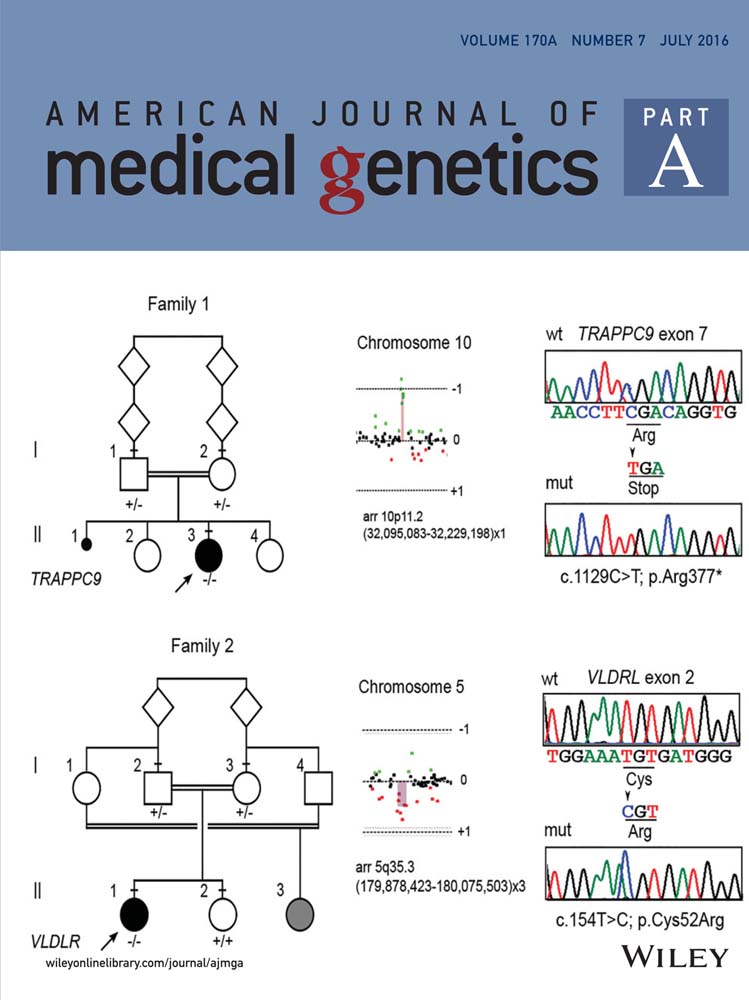Autism variants can influence behavior, communication traits in general population
Study suggests that trait variation can lend insight into etiology of neurodevelopmental, psychiatric disorders
Inherited and de novo genetic variants that carry an increased risk for autism also can affect behavior and developmental traits within the general population, according to recent research.
A Nature Genetics study reports that people with autism have more severe presentations of certain behavioral and communication traits that exist in milder forms within the general population but don't warrant a clinical diagnosis (Robinson et al., 2016). The study bolsters research that suggests neuropsychiatric conditions exist on a continuum.
“If a child in the general population carries more genetic risk for ASDs [autism spectrum disorders], either common polygenic or de novo, you expect to see, on average, more social communication difficulties,” says first author Elise B. Robinson, PhD, Instructor in the Analytic and Translational Genetics Unit at Massachusetts General Hospital and at Harvard Medical School, both in Boston. She is also an affiliated scientist at the Broad Institute in Cambridge, Massachusetts.
While these findings will have no immediate impact on clinical practice, they will affect have future research.
“These results suggest that familiarity should be studied in a manner beyond a count of categorically affected family members, and that trait variation in controls can provide insight into the underlying etiology of severe neurodevelopmental and psychiatric disorders,” the researchers write.
“There are way more controls than cases, and we need to understand how to better use them,” Dr. Robinson adds.

Milder versions of behavioral patterns commonly seen in autism may exist in the general population affected by similar genetic variants.
The Study
The researchers' goal was to better understand how particular genetic variants found in people with autism contribute to milder social and communication differences in the general population. “We estimated the relationship between genetic risk for ASDs and typical variation in social and communication behavior in the general population,” explains Dr. Robinson. “Some of those genetic risk factors include common complex influences that one inherits from parents and are spread across the genome, much like the genetic influences on height.”
The researchers looked at social and communication impairment as measured by the Social and Communication Disorders Checklist (SCDC) in the Avon Longitudinal Study of Parents and Children, a cohort that includes children born in Bristol, England in 1991 and 1992. The researchers correlated the genetic influences on SCDC scores among these children with children diagnosed with autism using autism data. They next identified common variants associated with autism in 10,600 patients with autism and controls enrolled in the Psychiatric Genomics Consortium and in nearly 8,000 cases and more than 11,300 controls from the Danish iPSYCH project.
Based on analysis of data, the researchers estimated that approximately one-quarter of the genetic influences on autism also influence SCDC scores. This finding suggests that autism's correlation with social and communication traits in the general population is at least as strong as the correlation between SCDC scores and other psychiatric disorders such as schizophrenia, bipolar disorder, and major depressive disorder.
The researchers also analyzed data—including extensive phenotypic and de novo variant information—from the Simons Simplex Collection, which houses data on 2,800 individuals with autism, plus their parents and siblings, including unaffected ones. The researchers found de novo variants associated with autism risk in 22.1% of cases and 13.2% of undiagnosed siblings. The researchers say the figures support the idea that these variants contribute to a continuum of behavioral and social traits involved in autism.
Reaction
The concept of a continuum of behavior and communication traits in the general population, not just in people with autism, isn't new.
“The neuropsychiatric literature has spoken about a continuum [of behavior and communication traits] and discussed what's a personality trait and what's autism. This concept has been accepted for a long time,” says G. Bradley Schaefer, MD, Professor of Genetics and Pediatrics and Founding Director, Division of Medical Genetics, University of Arkansas for Medical Sciences in Little Rock. He is the senior author of American College of Medical Genetics and Genomics autism testing guidelines.
Earlier research has concluded that parents contribute genetically to children's neuropsychiatric phenotypes, notes David H. Ledbetter, PhD, Executive Vice President and Chief Scientific Officer of the Geisinger Health System in Danville, Pennsylvania.
For example, his 2015 paper similarly found that family background contributes to phenotypic variability in patients with chromosome 16p11.2 deletion, one of the most common structural chromosome disorders, which generally produces developmental delays and susceptibility to autism (Moreno-De-Luca et al., 2015). These traits also occur on a continuum. That paper, published in JAMA Psychiatry, shows that affected children have IQs and social skills that correlate with their parents.
For example, if parents score highly on measures of intelligence and social skills, their affected children are more likely to score higher than other youngsters with the deletion, explains Dr. Ledbetter.
“We came up with the idea that [the] cognitive, behavioral, [and] psychological profile of a parent could be a contributor and could be a predictor,” he says. “We did not directly measure the amount of genetic contribution from the parents, but the Nature paper did,” notes Dr. Ledbetter.
Findings from Dr. Ledbetter, Dr. Robinson, and others may point to a day when parents of young children with neuropsychiatric conditions might be given a battery of tests to help predict their children's strengths and weaknesses, says Dr. Ledbetter. However, there aren't nearly enough data to warrant such testing right now, he adds.
The Nature Genetics paper “has value in the research realm,” says Dr. Schaefer. What Dr. Robinson and colleagues found “is probably one of many explanations for … cases that don't get diagnosed now,” he adds. “There may be atypical inheritance involved and situations where several factors are in play. We have to go beyond simple, monofactorial thinking and sort out a complex situation.”




